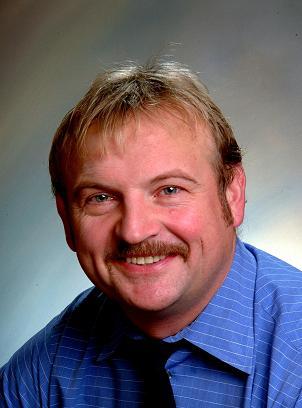

 Reference Site Map |
|
|

The liver is a wondrous organ that often is misunderstood. This dull red organ sits under your right rib cage, weighs in at about 1.5 kg, and is the largest glandular or secreting organ in the body. It has multiple functions which sometimes appear confusing. Blood is carried to the liver via two main routes. The portal vein carries blood containing elements of digested food molecules that are allowed to pass across the mucus membrane of the small intestine. The hepatic artery carries freshly oxygenated blood from the heart, branching off the aorta.
The liver is divided into four major lobes, each containing thousands of lobules, the basic functional unit. A recent development in cancer therapy is to remove lobes containing metastases. Within months, new growth and filling in of the space begins to occur, demonstrating the ability for healthy liver cells to regenerate.
The liver performs many functions. It stores and maintains our body glucose levels. It manufactures some amino acids, cholesterol and other fatty molecules, essential for body growth and metabolism. Vitamins A, B12, D and K are stored for use in your liver, as well as many essential minerals. Bile is produced in the liver and dumped into the intestines to aid in digestion and breakdown of food products. The portal vein carrying digested products flows to the liver first, because it is a wonderful filter. It is capable of filtering our toxins, metabolizing medications and alcohol. Best of all, it is self-cleaning and capable of keeping itelf in pristine condition. There is a lot of redundancy in the liver, and it is very difficult to spot problems until they progress to a later state. I get a chuckle from ads suggesting that you buy some sort of pill to "clean" or "detoxify" your liver! It is a good thing that we humans were not designed to allow for such simplistic interventions to have major effects. All that tends to happen is that your liver needs to work harder as you have just given it another molecule to clean out of your system.
The liver is never asleep and has no need for excess "stimulation". Our liver tends to save us from ourselves more times than we realize. A good diet and a healthy lifestyle make up the best liver cleaner available. Along the same lines, I have had the chance to repeatedly watch numerous colonoscopies, and every time the bowels looked clean and pristine. I have yet to see 20 pounds of toxins hiding there. But those ads promising to cleanse and detoxify your liver sure sound convincing.
"Hepa" is the Latin term for liver. Hepatologists are liver specialists. Hepatitis refers to inflammatiion of the liver, of which there are multiple causes. Several different viruses can damage the liver. They are named by order of discovery: Hepatitis A, B, C and D. In reality, they are very different entities with different outcomes. We immunize our Grade 7 children against Hepatitis B, which is a serious blood transmitted disease. Many adults who travel receive immunization to prevent Hepatitis A, which is a more common sewage borne virus but milder in comparison. Presenting large amounts of alcohol to the liver for detoxification for long peiords of time can alter its functioning and produce cirrhosis, which is a chronic type of inflammation that replaces normal liver lobules with non-functioning material. Sometimes the detoxification process can take a toll and produce potent by-products that can destroy liver cells. Other times, the filtration process can capture circulating cancer cells, which may help explain why cancer metastases are often found in the liver.
We measure liver function by assessing the circulating levels of various enzymes and products produced in the liver. The liver functions so well that it is difficult to spot early warning signs of damage or cirrhosis. When the liver is damaged beyond repair, the technology for liver transplants has been around for decades, but donor livers tend to be scarce. It is another important reason why we need to discuss organ donation and to encourage people to sign the organ donation part of their driver's license.
Related resources: